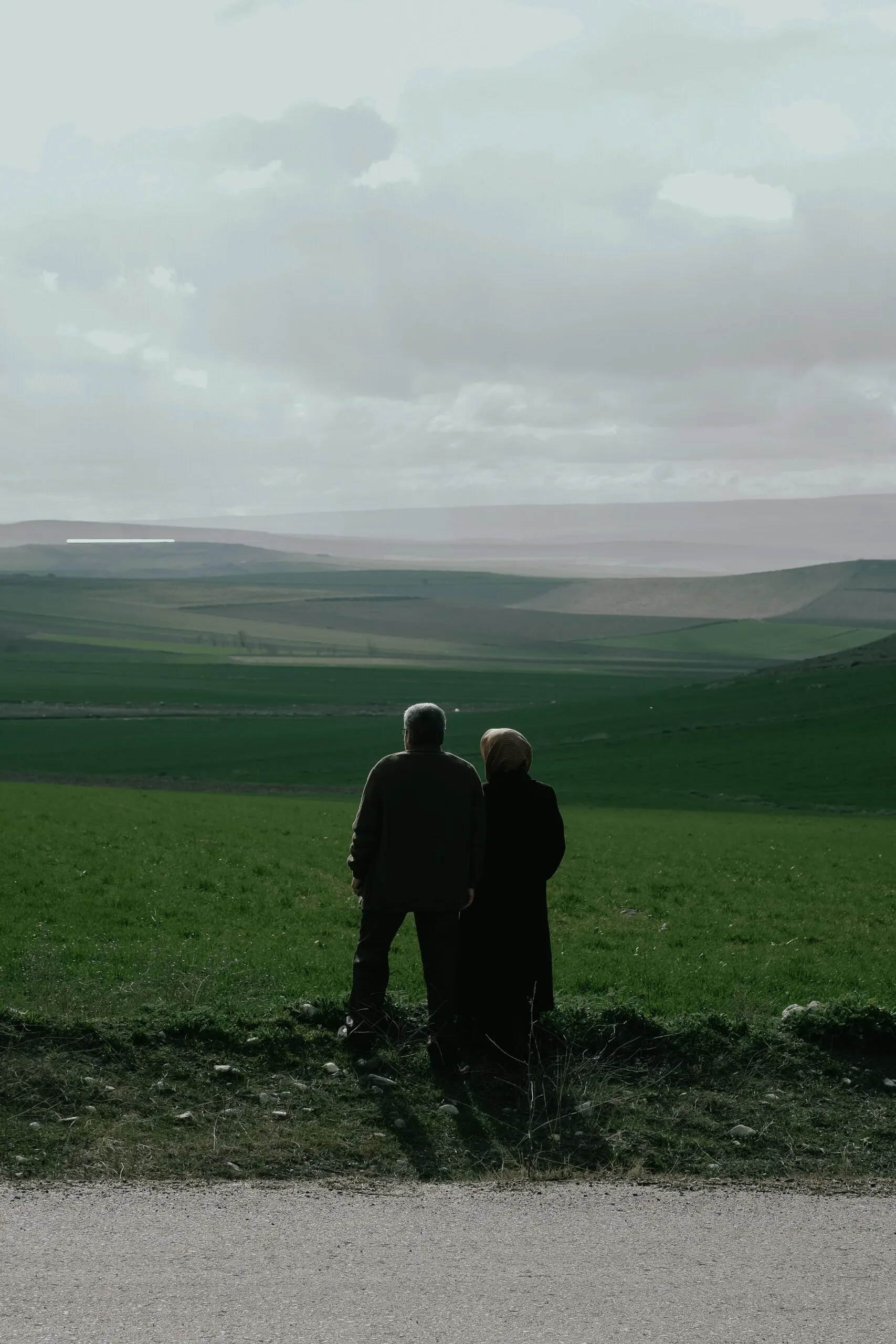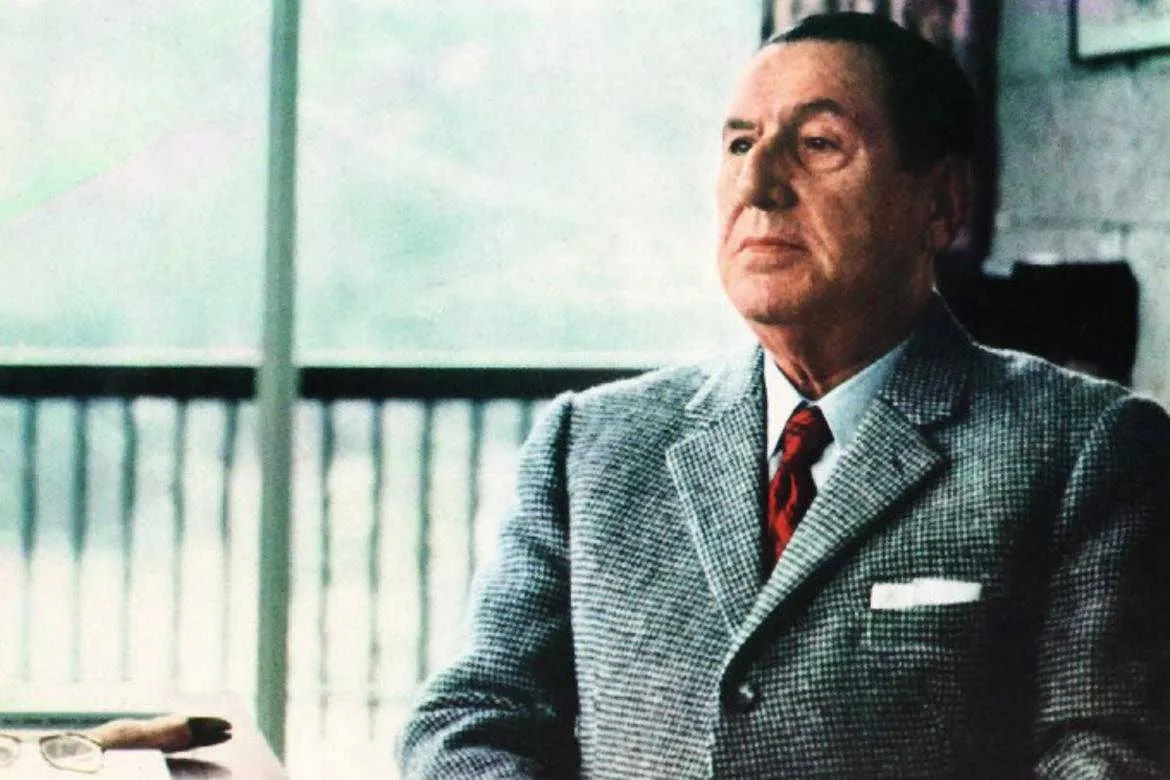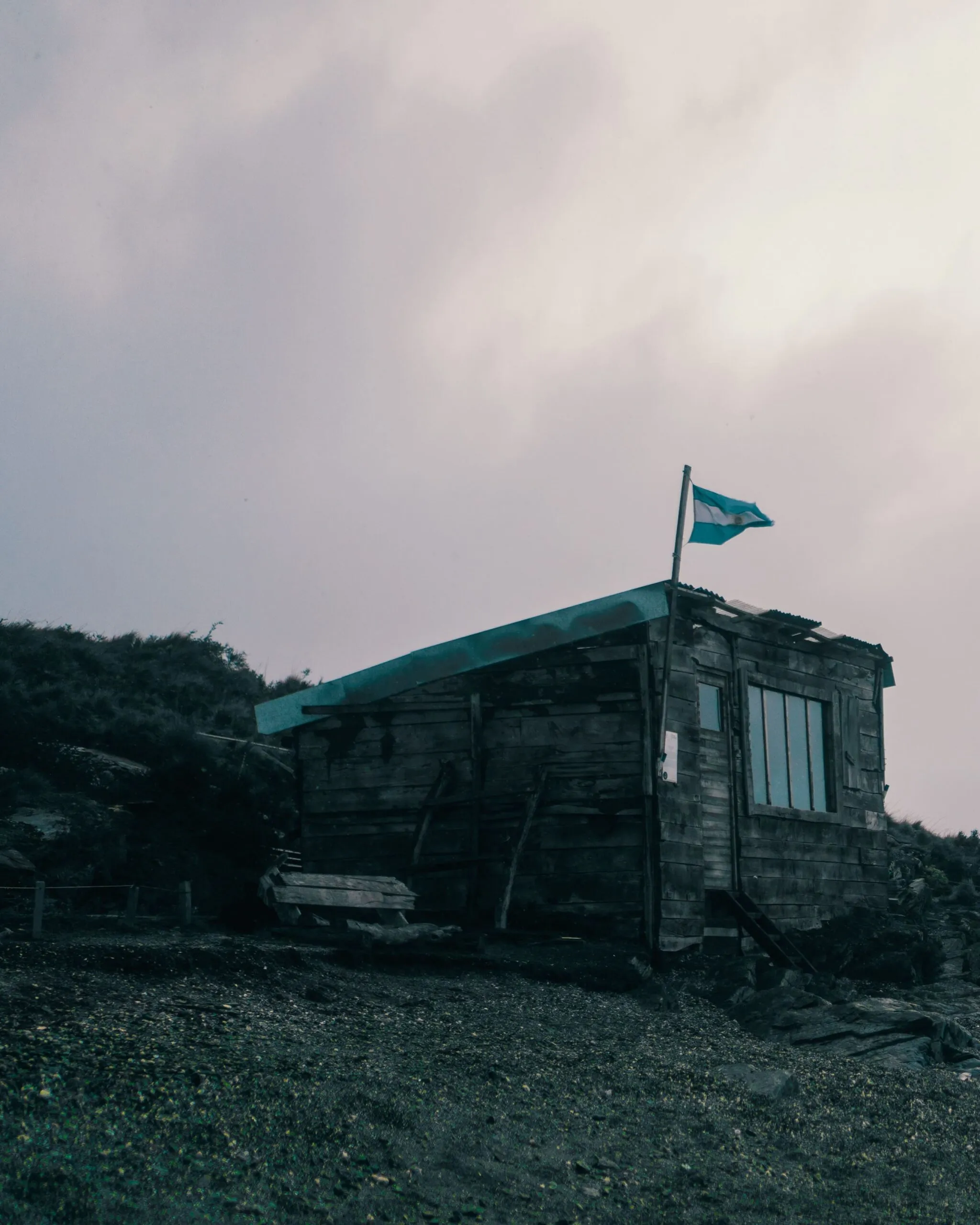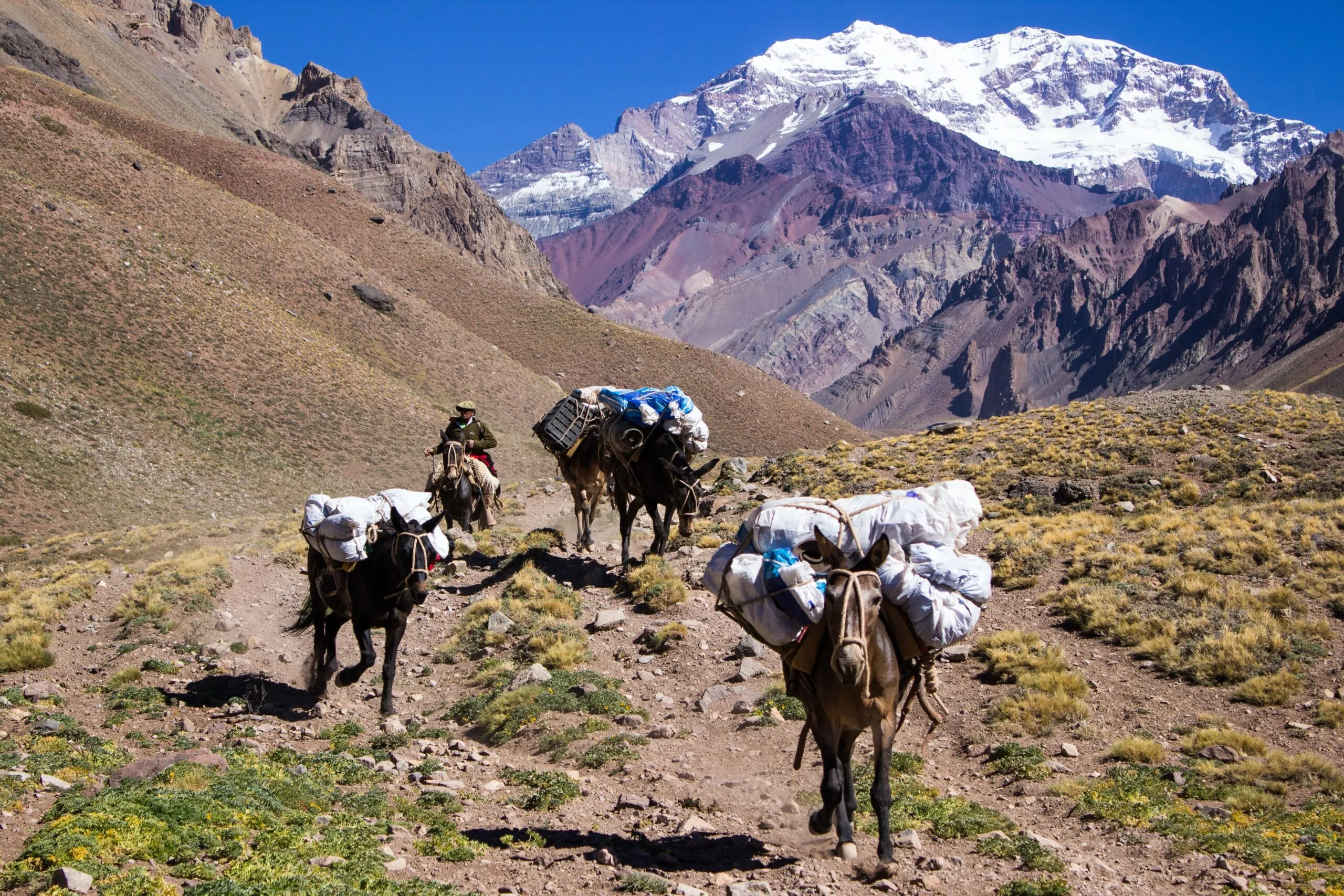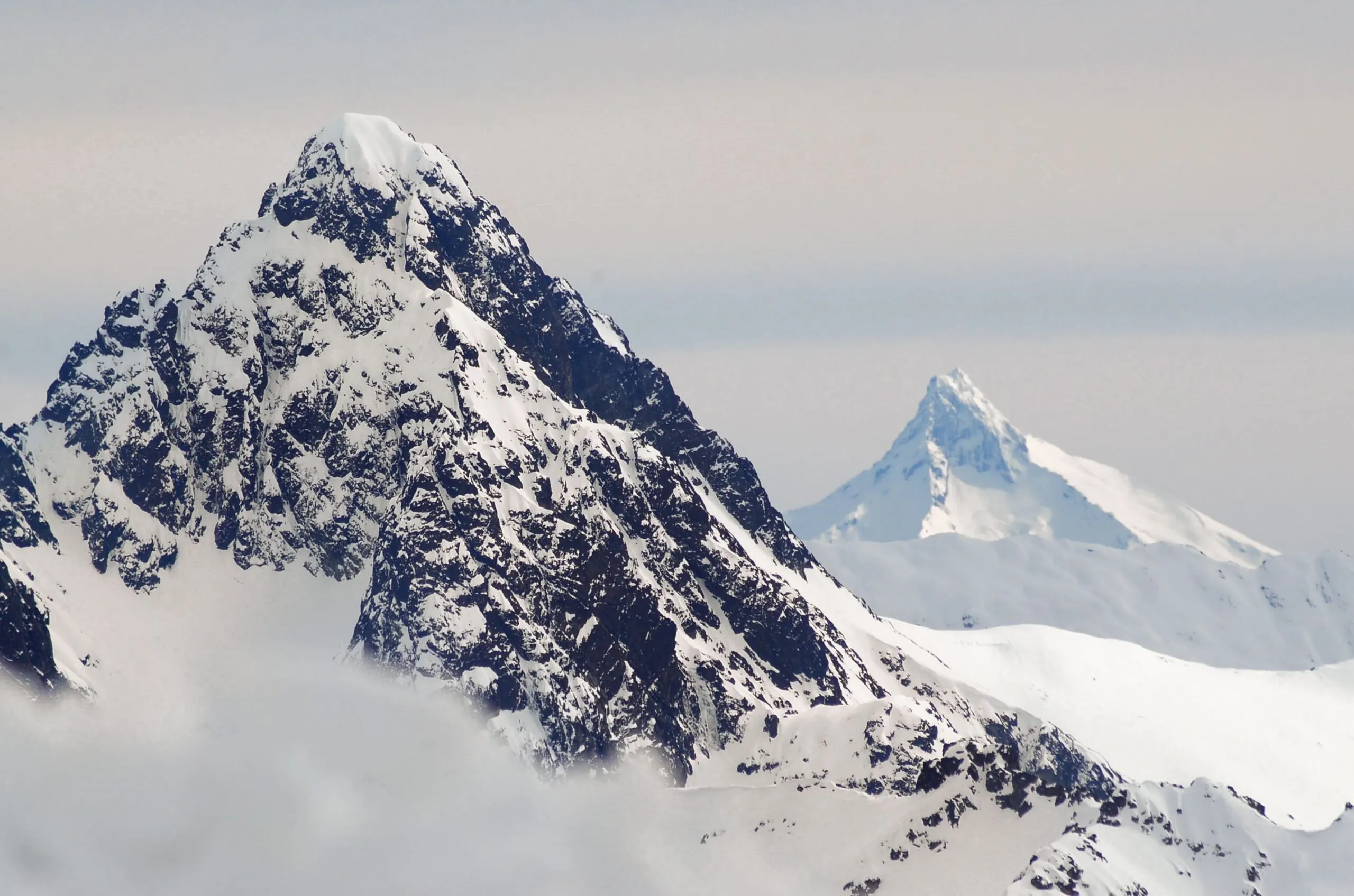The “Dirty War” or Guerra Sucia in Spanish, was a significant part of Operation Condor, which involved various right-wing dictatorships in the Southern Cone region. This period saw the implementation of state terrorism in Argentina and other neighboring areas, with a focus on targeting political dissidents. The military and security forces employed brutal violence against […]
National Reorganization Process
